What is an AI Robot? Definitions and Basic Concepts
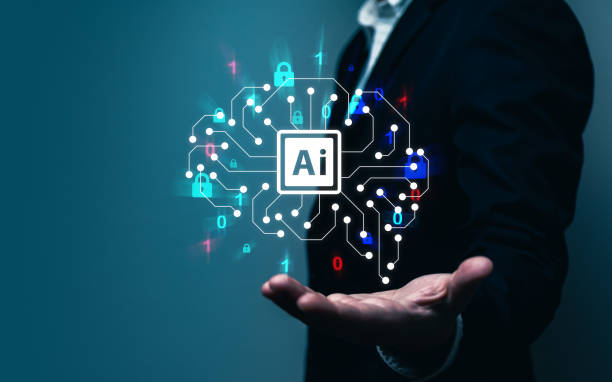
An AI robot, sometimes known as an #intelligent_robot, is a computer program or mechanical device that, using Artificial Intelligence (AI) techniques, is capable of performing tasks that typically require human intelligence.
These tasks include learning, problem-solving, natural language understanding, pattern recognition, and decision-making.
An AI robot actually strives to imitate human behavior and cognitive abilities.
These robots can appear in the form of chatbot software, virtual assistants, or even physical robots.
The performance of an AI robot is significantly dependent on the algorithms and data used to train them.
The more accurate the data and the more advanced the algorithms, the better the AI robot will perform.
AI robots can be used in various industries, including customer service, medicine, manufacturing, and education.
The main goal of designing and developing AI robots is to increase efficiency, reduce costs, and improve service quality.
AI robots assist in making better and faster decisions by analyzing data and providing optimal solutions.
Does your current corporate website present a worthy image of your brand and attract new customers?
If not, turn this challenge into an opportunity with Rasaweb’s professional corporate website design services.
✅ Significantly improves your brand’s credibility and image.
✅ Smoothes the path for attracting leads and new customers.
⚡ Contact Rasaweb now for a free and specialized consultation!
Architecture and Main Components of an AI Robot

The architecture of an AI robot typically includes several layers and main components that collectively shape the overall performance of the robot.
These components include sensors, processors, artificial intelligence algorithms, memory, and actuators.
Sensors are responsible for collecting information from the surrounding environment.
This information can include images, sounds, texts, and data from various sensors.
Processors analyze and interpret the collected data using AI algorithms.
AI algorithms include machine learning methods, neural networks, and fuzzy logic.
Memory is used to store the data and knowledge required for the robot’s operation.
Actuators are responsible for performing physical or digital operations based on decisions made by the processors.
For example, in an AI customer service robot, the actuator might send a response to the user or complete a financial transaction.
The architecture of an AI robot must be designed so that the robot can respond quickly and accurately to environmental changes.
Furthermore, it should have the ability to learn and improve performance over time.
The use of advanced technologies such as cloud computing and the Internet of Things (IoT) can help improve the performance and scalability of AI robots.
Types of AI Robots and Their Applications
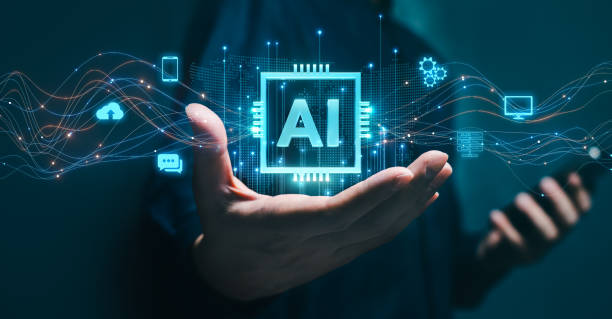
AI robots are designed and developed in various types, each suitable for specific applications.
Some of the most common types of these robots include chatbots, virtual assistants, industrial robots, medical robots, and service robots.
Chatbots are commonly used for providing online customer service, answering frequently asked questions, and guiding users on websites and applications.
Virtual assistants like Siri, Google Assistant, and Alexa are capable of performing tasks such as setting reminders, playing music, and searching for information.
Industrial robots are used in production lines and factories to perform repetitive and dangerous tasks.
Medical robots are employed in precise surgeries, disease diagnosis, and patient care.
Service robots are used in hotels, restaurants, and airports to provide services to customers.
The application of AI robots is constantly expanding, and they are expected to play a more significant role in daily life and various industries in the future.
| Type of AI Robot | Applications |
|---|---|
| Chatbots | Customer service, answering questions |
| Virtual Assistants | Setting reminders, playing music, searching information |
| Industrial Robots | Performing repetitive and dangerous tasks |
| Medical Robots | Precise surgeries, disease diagnosis |
| Service Robots | Providing services in hotels and restaurants |
Machine Learning and Its Role in the Development of AI Robots
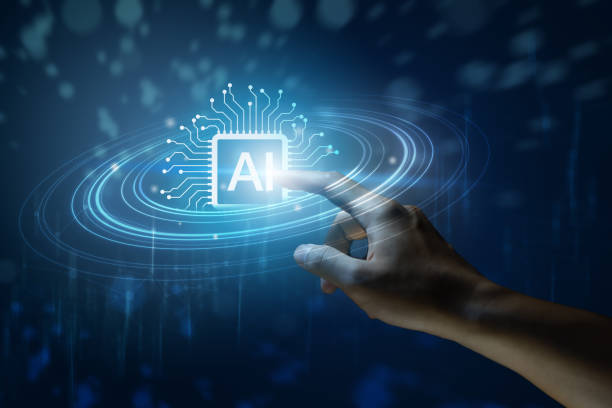
Machine Learning is one of the most important sub-fields of artificial intelligence that plays a vital role in the development of AI robots.
Machine learning enables robots to learn from data and improve their performance without explicit programming.
Machine learning algorithms are divided into two main categories: Supervised Learning and Unsupervised Learning.
In supervised learning, the robot is trained using labeled data to recognize patterns and make accurate predictions.
In unsupervised learning, the robot learns from data without any labels and attempts to discover hidden patterns.
The use of machine learning in the development of AI robots has enabled these robots to perform more complex tasks and operate effectively in dynamic and unpredictable environments.
Did you know that 94% of the first impression of a company relates to its website design?
Rasaweb, by offering professional corporate website design services, helps you create the best first impression.
✅ Creates a professional and trustworthy image for your brand.
✅ Easier attraction of potential customers and improvement of online standing.
⚡ Get a free consultation for corporate website design!
Advantages and Disadvantages of Using AI Robots

The use of AI robots comes with numerous advantages and disadvantages that must be considered.
Among the main advantages of using AI robots are increased efficiency, reduced costs, improved accuracy, and 24-hour service provision.
AI robots are capable of performing repetitive and tedious tasks with high speed and accuracy, which leads to increased productivity in organizations.
Additionally, AI robots can reduce human labor costs and increase profitability in the long run.
However, the use of AI robots also has disadvantages.
These disadvantages include high initial costs, the need for technical expertise for maintenance and updates, and concerns about job displacement.
Furthermore, AI robots may encounter problems when faced with unexpected and complex situations and require human intervention.
Challenges and Limitations in the Development of AI Robots
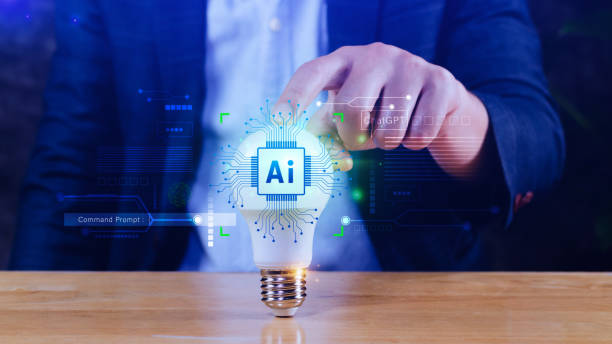
The development of AI robots faces numerous challenges and limitations that must be addressed for progress in this field.
One of the main challenges is the lack of sufficient and high-quality training data.
AI robots require a large amount of data for learning and performance improvement, which can be costly and time-consuming to collect and process.
Another challenge is the complexity of AI algorithms and the need for high technical expertise for their design and implementation.
Furthermore, issues related to data privacy and security are also important challenges in the development of AI robots.
AI robots must be designed to protect users’ personal data and prevent its misuse.
In addition, concerns regarding AI ethics and the impact of AI robots on society are important challenges that need attention.
The Future of AI Robots: Prospects and Predictions
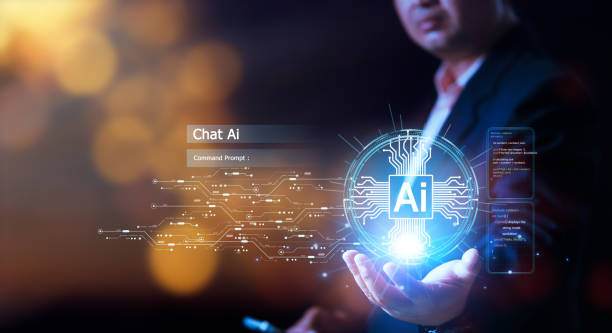
The future of AI robots is very bright and full of new potentials.
It is predicted that in the coming years, AI robots will play a more significant role in daily life and various industries.
With technological advancements, AI robots will be capable of performing more complex tasks and will bring about major transformations in fields such as medicine, education, and transportation.
It is expected that in the future, we will witness the development of personalized AI robots capable of responding to the specific needs of each individual.
Furthermore, with the increased use of the Internet of Things and cloud computing, AI robots will be able to collect and analyze more data, which will improve their performance and efficiency.
However, existing challenges and limitations must also be considered, and efforts should be made to find appropriate solutions for them.
| Field | Predictions |
|---|---|
| Medicine | More accurate disease diagnosis, advanced robotic surgeries |
| Education | Personalized learning, virtual teachers |
| Transportation | Self-driving cars, intelligent traffic management systems |
| Customer Services | More advanced chatbots, faster and more accurate responses |
| Manufacturing | Increased automation, reduced costs |
Ethical Considerations in the Design and Use of AI Robots
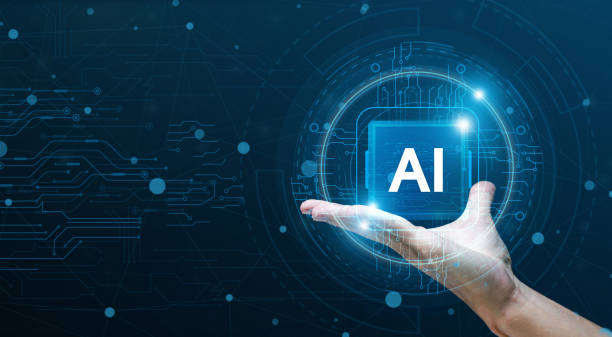
The design and use of AI robots require attention to various ethical considerations.
AI robots must be designed in a way that protects human values and respects individual rights.
One of the most important ethical considerations is the issue of transparency and explainability.
The decisions of AI robots must be explainable, and people should be able to understand why an AI robot made a particular decision.
Another issue is accountability.
If an AI robot makes a mistake, it must be determined who is responsible for that mistake.
Furthermore, issues related to data privacy and security must also be considered.
AI robots should not collect and use users’ personal information without their permission.
Are you losing customers due to your online store’s outdated appearance or slow speed? Rasaweb’s expert team solves these problems with professional e-commerce website design! ✅ Increases customer trust and your brand’s credibility. ✅ Stunning speed and excellent user experience. Get a free consultation with Rasaweb now ⚡
AI Robots in Iran: Current Status and Opportunities
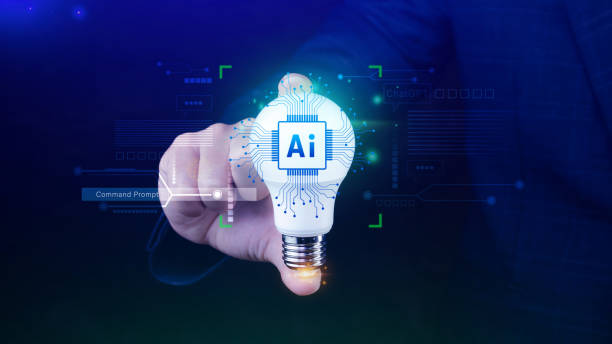
The status of AI robots in Iran is developing and progressing.
In recent years, significant efforts have been made to develop artificial intelligence technology and use it in various industries.
Iran has high potential for the development of AI robots and can achieve great successes in this field.
However, to achieve this goal, more investment in research and development, training specialized human resources, and creating appropriate infrastructure is needed.
Furthermore, issues related to AI laws and regulations must also be considered, and an appropriate legal framework for the development and use of AI robots in Iran should be established.
AI robots can help improve efficiency in various sectors such as health, education, and agriculture.
How to Build an AI Robot: A Step-by-Step Guide
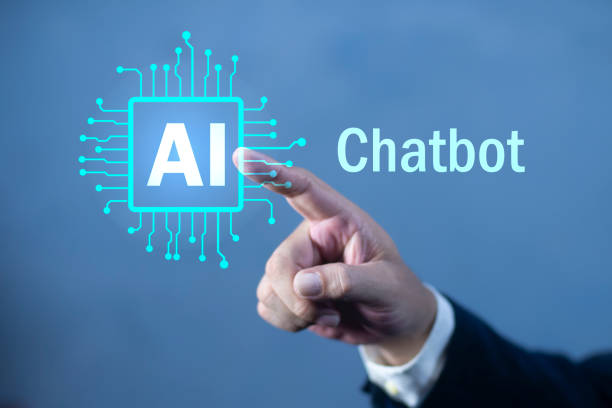
Building an AI robot can be an engaging and challenging project.
To start, you must first have a clear idea and determine what tasks your AI robot will perform.
Then, you need to collect the necessary training data and select appropriate AI algorithms.
After that, you should begin coding and implementing the AI robot.
You can use programming languages like Python and libraries such as TensorFlow and PyTorch.
Finally, you must test and evaluate your AI robot and improve it if necessary.
This process requires patience and perseverance, but with effort, you can build an efficient and useful AI robot.
Building an AI robot requires a deep understanding of #artificial_intelligence concepts, machine learning, and related algorithms.
Frequently Asked Questions
| Question | Answer |
|---|---|
| What is an AI robot? | An Artificial Intelligence Robot (AI Robot) is a machine capable of understanding its environment, reasoning, learning, and making decisions to perform tasks autonomously. |
| What is the difference between regular robots and AI robots? | Regular robots perform repetitive tasks based on prior programming, whereas AI robots can learn from experience, interact dynamically with their environment, and even behave in ways that resemble human intelligence. |
| What are the main applications of AI robots? | They are used in industries (manufacturing, assembly), medicine (surgery, diagnosis), services (customer support, domestic), exploration (space, underwater), and many other fields. |
| What technologies are used in building AI robots? | Machine Learning, Computer Vision, Natural Language Processing, Deep Learning, and Robotics are among the key technologies. |
| Can AI robots have emotions? | Currently, robots do not have emotions in the human sense. They can recognize and react to emotions, but they do not experience emotions themselves. |
| What are the main challenges in the development of AI robots? | Safety, reliability, ethics, autonomy, adaptability to complex environments, and natural human interaction are important challenges. |
| How are AI robots trained? | They are typically trained using large volumes of data, machine learning algorithms, and deep learning to identify patterns and make decisions. |
| Examples of AI robots in daily life? | Smart robotic vacuum cleaners, customer support chatbots, self-driving cars, and surgical robots in hospitals. |
| Are AI robots a threat to human jobs? | Some repetitive jobs may become automated, but at the same time, robots can increase productivity and create new jobs in the development, maintenance, and supervision of these systems. |
| How is the future of AI robots predicted? | They are expected to become smarter, more autonomous, and capable of performing more complex tasks, engaging in closer interaction with humans in various environments. |
And other advertising services from Rasaweb Advertising Agency:
- Smart Social Media: An effective tool for user interaction with the help of Google Ads management.
- Smart Custom Software: Revolutionize website traffic increase with smart data analysis.
- Smart Direct Marketing: A combination of creativity and technology for customer acquisition through smart data analysis.
- Smart Digital Branding: A fast and efficient solution for increasing sales by focusing on optimizing key pages.
- Smart Digital Advertising: A fast and efficient solution for analyzing customer behavior by focusing on attractive UI design.
And more than hundreds of other services in the field of internet advertising, advertising consulting, and organizational solutions.
Internet Advertising | Advertising Strategy | Advertorial
Sources
Full Guide to AI Robots
Applications of AI in Robotics
Introduction to Artificial Intelligence
The Future of AI Robots
📍 Rasaweb Afarin Digital Marketing Agency, your partner on the fast track to growing your business with professional services such as corporate website design and SEO optimization.
📍 Tehran, Mirdamad Street, next to Bank Markazi, Kazeroon Jonubi Alley, Ramin Alley, No. 6




